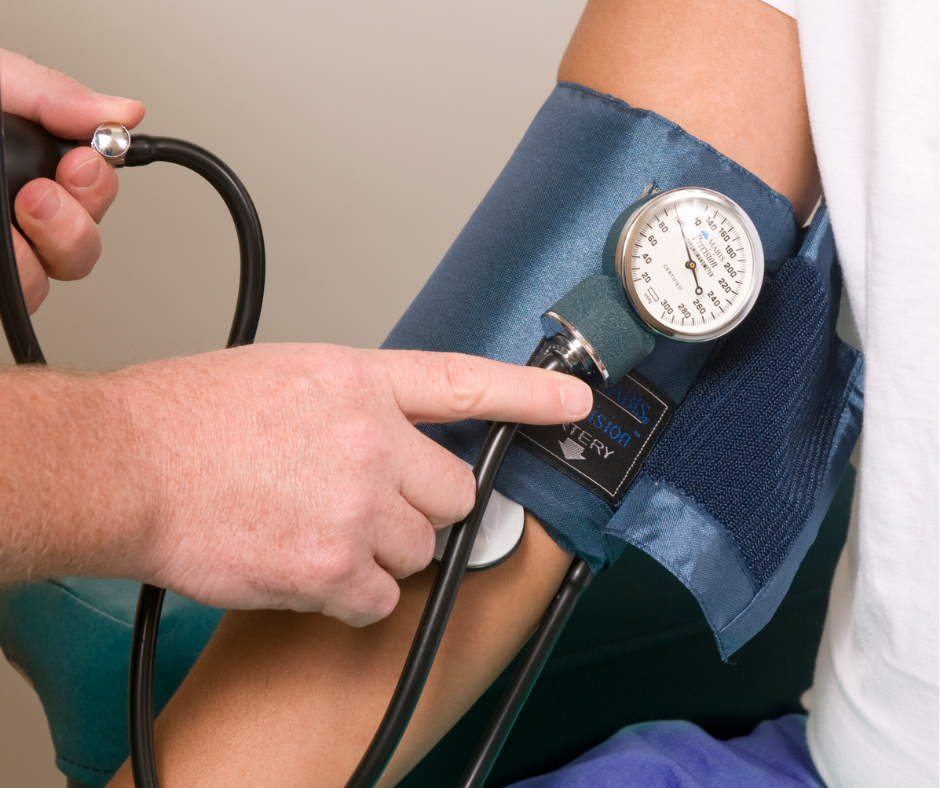
Limmer Education

by Lisa Montoya
Our articles are read by an automated voice. We offer the option to listen to our articles as soon as they are published to enhance accessibility. Issues? Please let us know using the contact form.
EMS agencies pay a lot of money for high-tech monitors used in the prehospital setting. These monitors come with all the bells and whistles that we didn’t have 15-20 years ago, from Non-Invasive Blood Pressure (NIBP), EtCO2 reading and waveform, and O2 saturation.
Is this technology always correct? If not, do we recognize it and recheck it? I have seen EMTs and Paramedics write down numbers that simply didn’t make any sense, it didn’t match the patient.
We need to make sure that our students know that a machine can give an incorrect reading, and there is another method for obtaining a blood pressure (B/P). In fact, most protocols require a manual B/P as a baseline.
You should consider testing them:
to see if they can figure out that technology failed.
if they know what to do when it fails.
why we need them to know it’s not the first method for obtaining a B/P.
Let’s consider the following scenario:
Mom is sitting on the couch with her 4-year-old son. He appears lethargic and is watching you as you approach. You notice he is breathing a little fast, and he’s pale and dry. Mom says he’s had a lot of vomiting and diarrhea for the last two days, but now he simply wretches without any vomiting, and he hasn’t had any more episodes of diarrhea in the last 4 hours. He won’t drink anything because when she was trying to give him Pedialyte over the previous few days, he would vomit it right back up, and now he’s afraid even to attempt it. The first responders gave you their vital sign readings: B/P 114/75, Resp. 26, HR 122. Skin is pale, dry, and cool, and pupils are equal, round, and sluggish.
If I was given this B/P reading in a pass on, the first question is: how did you take the B/P, manual or automatic (NIBP)? Why is this so important, and why do we need to ensure that our students figure out when something isn’t correct?
It is vital to know pathophysiology and why the B/P doesn’t match the history. Given that the patient is no longer able to bring fluids up or, for that matter, get fluids down would indicate he is very dehydrated. His skin is pale and dry, and he’s lethargic, also pointing to dehydration. His B/P seems a lot higher than it should be. Given the standard 80+2(age) as a normal baseline reading, I wouldn’t expect his reading to be over 88 mm/Hg systolic, little alone the hypotensive standard as 70+2(age) would be around 78 mm/Hg systolic. The reading of 114/75 should have been a huge red flag, but why wasn’t it a red flag for the first responder that wrote it down?
The best assessment we can do is a physical assessment, which means using our senses to assess what we see, smell, taste (ok, don’t include this one in your assessment process), feel, and hear? Notice that a machine isn’t one of our senses?
Ease of useIt’s a lot fasterIt’s a lot easierIt records the reading, so I won’t forget that I wrote it on my glove and later threw my glove away at the hospital
Lack of skill for obtaining a manual B/P
Can’t find the right size manual cuff
Can’t hear with the stethoscopes provided by the agency
It’s safe to say that it can be any variation of the ideas mentioned, but it boils down to getting accurate numbers to make sure we treat the patient correctly, and the only way to know it’s accurate is if we heard it for ourselves. After all, this little guy needs fluids to treat the dehydration, but we wouldn’t even know how the fluid boluses worked if we didn’t know where we truly started.

Let’s say the manual B/P was 70/40, and we gave 20 mL/kg fluid bolus, and now his reading is 90/48. We would see his pressure responded well to the bolus, but if we didn’t have the correct reading to begin with, would we even consider giving him a bolus? If we did and the NIBP shows 111/70 secondary to the bolus, it wouldn’t look like any improvement occurred.
It’s essential to teach why these assessment findings are paramount to patient care. We need to ensure the students know the pros and cons of using automated equipment. After all, there are good reasons to use them, but we MUST know when the machine isn’t giving accurate information. We need to challenge our students with scenarios that make them question the accuracy of machines and teach them what can go wrong when they don’t correctly assess the patient.
Challenge them first to find the mistake, then question how the scenario could play out with the current reading and how it will guide their treatment. Will it change their treatment(s)? Ultimately, make them explain the importance of a baseline manual B/P and why we should never treat a monitor as our baseline. Lastly, continue to have your students practice manual B/P’s throughout the program (EMT, AEMT, and Paramedic). This is such a lost art that truly cannot be forgotten. Ultimately, our goal is to thoroughly assess and treat our patients, not the monitors we hook them up to.

Limmer Education

Limmer Education

Dan Limmer, BS, NRP